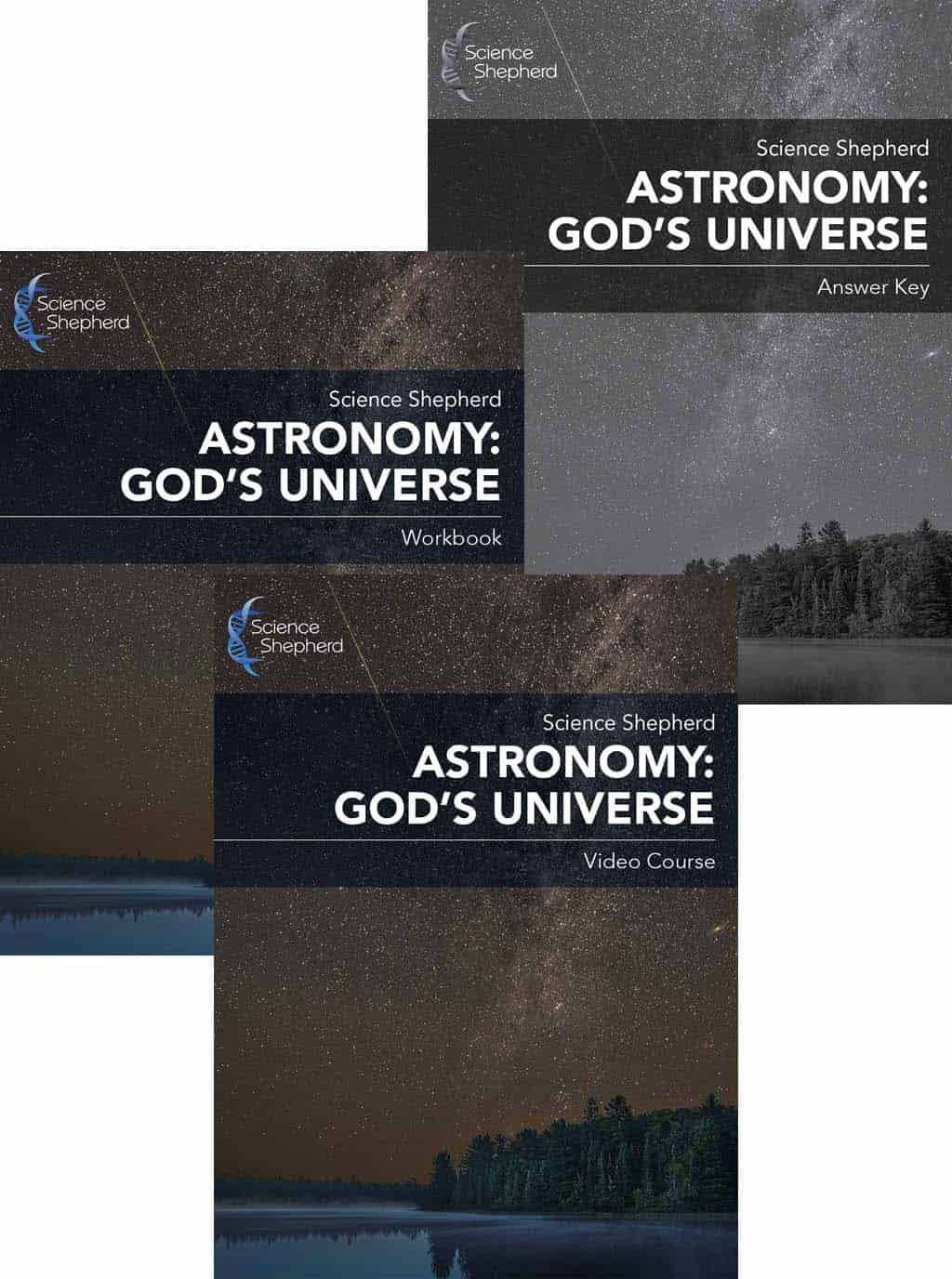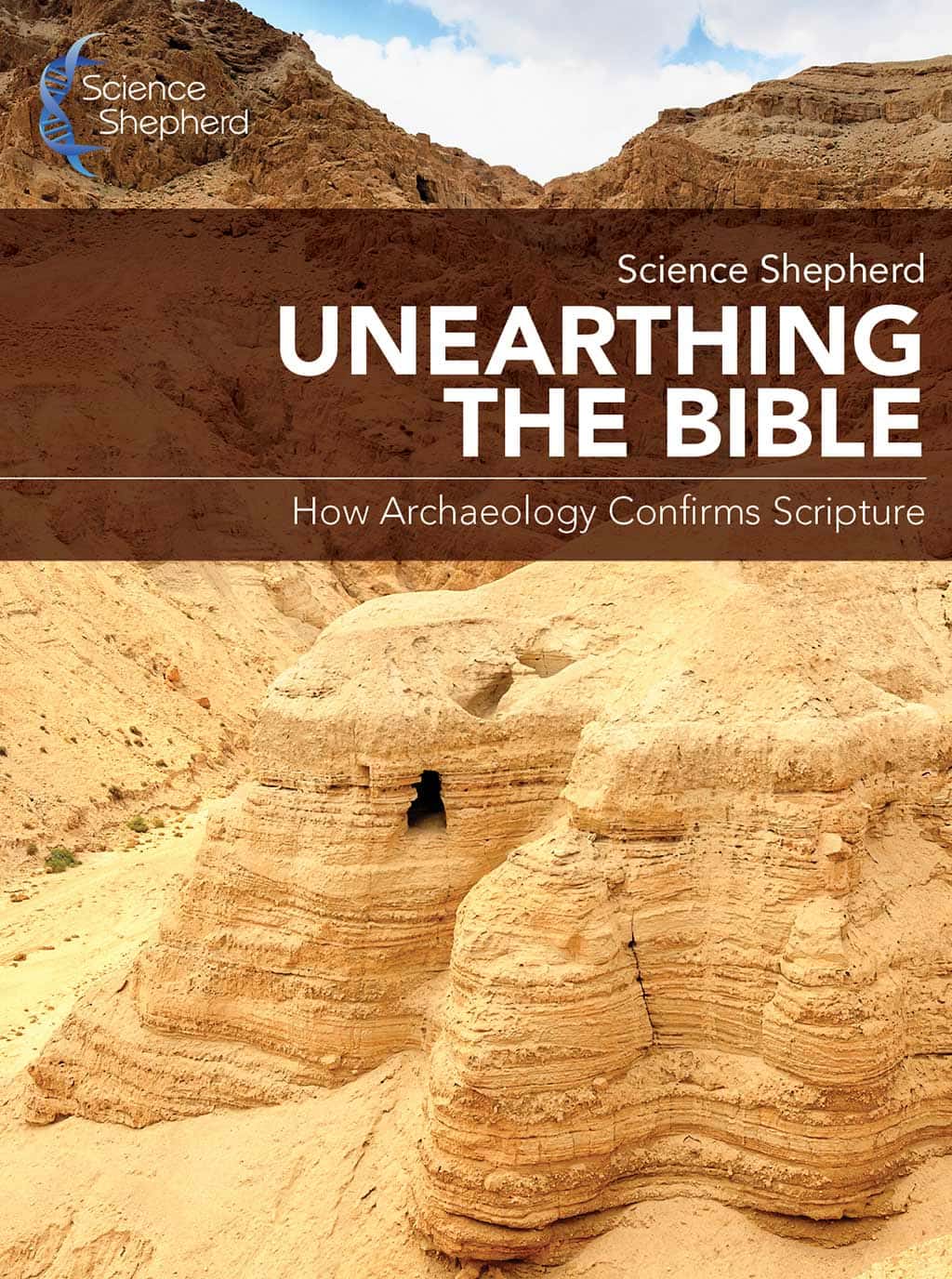On Strata and Circular Logic
by Dr. Scott Hardin MD July 14, 2010 3 min read

How old are fossils?
A couple pieces of skull were found in Saudi Arabia, which have been identified as being 29 or 30 million years old. Evolutionists believe the little bits to be from an "intermediate" between apes and monkeys. Note though, what Eric Delson, a palaeontologist from the Lehman College of the City University of New York states. He "...warns that relying entirely on fossils is hazardous: Fossils only reflect part of the diversity of a group of animals. The length of a fossil primate face can also be distorted over time by geological pressure, making it hard to learn the true shape of the species from only a few examples." But that statement of caution from a specialist doesn't stop Nature from exclaiming in the title, "Fossil skull fingered as ape-monkey ancestor." Just recall the furor over Ida the ape last year for the most recent example of how eager evolutionists are to jump the gun (or out and out misrepresent) by prematurely exclaiming that such-and-such a fossil is the best evidence yet of an intermediate form only to have it placed quietly into the trash can file of "Oops! Just kidding!" months later.
But that really isn't my point in this post. No, my point is the circular logic that evolutionists love to use to define the age of something based on which layer of rock in which it is found. My point lies here, in this statement from the article: "The Saadanius team has estimated the age of the fossil at 29–28 million years old, on the basis of the known ages of other fossils found nearby. The date correlates roughly with their interpretation of its position in the family tree. Yet it "should still be treated as preliminary", says Seiffert, until follow-up studies using palaeomagnetism can confirm the age of the rocks in which the fossil rested."
. . . they dated their fossil find based upon the suspected evolutionary age of the other fossils around it, which themselves were dated based upon how old the fossils were already expected to be.
Round and Round We Go
You see, they dated their fossil find based upon the suspected evolutionary age of the other fossils around it, which themselves were dated based upon how old the fossils were already expected to be. Starting from the billions of years old premise, evolutionists have already determined the age of rock layers all over the world, assuming the layers form slowly over hundreds of thousands or millions of years. Then, they examine the fossils and if the fossil contents are "old enough," then they assign an age to the strata. If the fossil contents aren't old enough, they discard them and date the layer based upon their already predetermined age of the surrounding rock layers, which were, themselves, dated in the same way. Then, when they find a fossil they would expect to find in a certain layer based upon their presupposition of the layer's and fossil's age, they date the fossil accordingly. No objectivity. They use the circular logic that since they think a layer is a certain age because it has to be for evolution to be true, then the fossil found in the layer is that age, which then proves that the layer is the age it was determined to be because, "look how old this fossil is." The only foundational basis of dating the rock layer is based upon the supposition that evolution is true and that rock layers accumulate very slowly over time and, therefore, each strata relates to hundreds of thousands or millions of years (which, unfortunately, they don't).
Take a look here http://www.answersingenesis.org/articles/am/v3/n4/fast-furious and here http://creation.com/grand-canyon-strata-show-geologic-time-is-imaginary for simple evidence that strata formation is very fast, not slow, and so the evolutionary pipe dream that is strata related time frame is not really reflected by scientific observation (but that would never stop the evolutionist!). One can see that strata must form very quickly, as evidenced by the "bent" layers exposed in the Grand Canyon. The only way these layers, which collectively form many sedimentary layers that evolutionists claim are hundreds of millions of years old, could have bent without fracturing during the upheaval process that formed them is for the strata to not have been solid when they moved - i.e. they were laid down very quickly and, before they solidified, underwent the upheaval.
Sign-Up Today!
Subscribe for the latest news and receive 10% off and a FREE resource!
Recent Articles
10% Off Your Next Order
Subscribe to our newsletter and we'll send you a code for 10% off an order
plus a free download of 5 Scientific Ways Your Kids Can Defend Their Faith.










